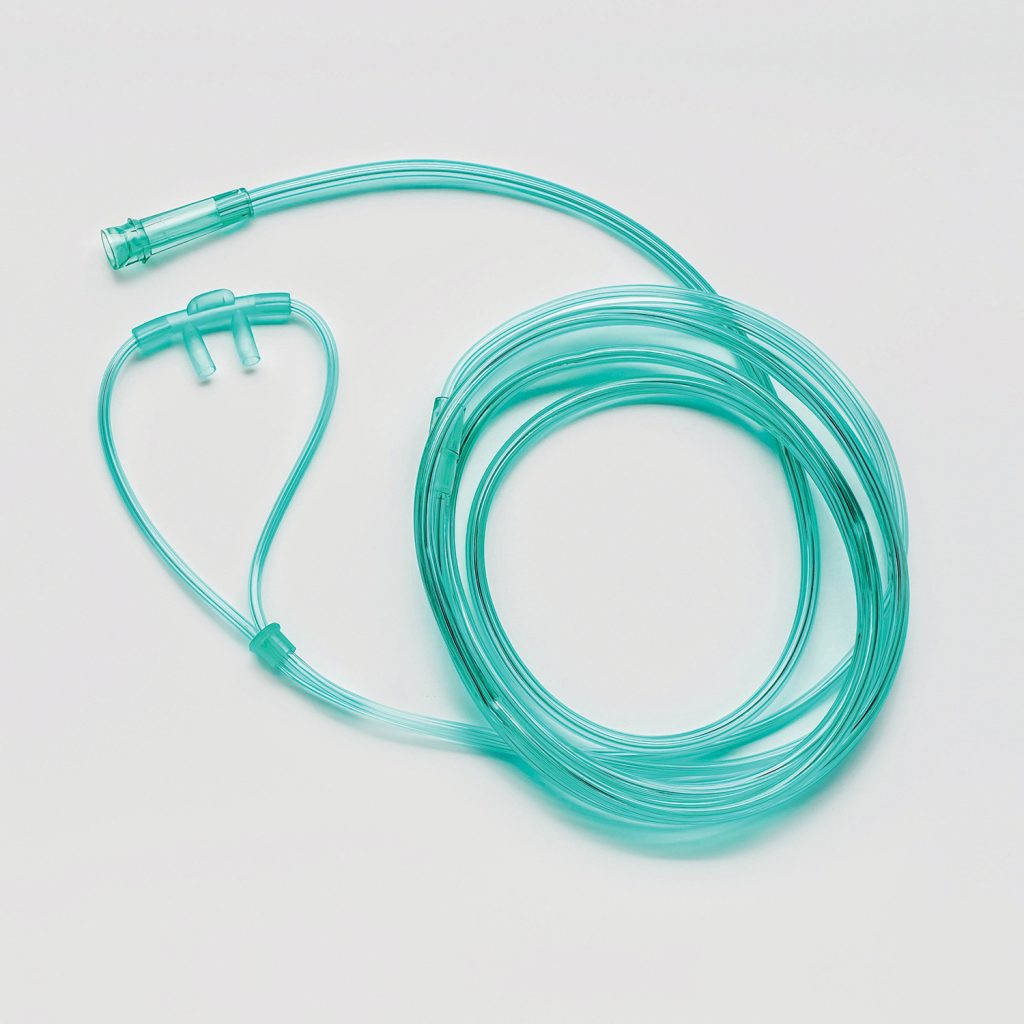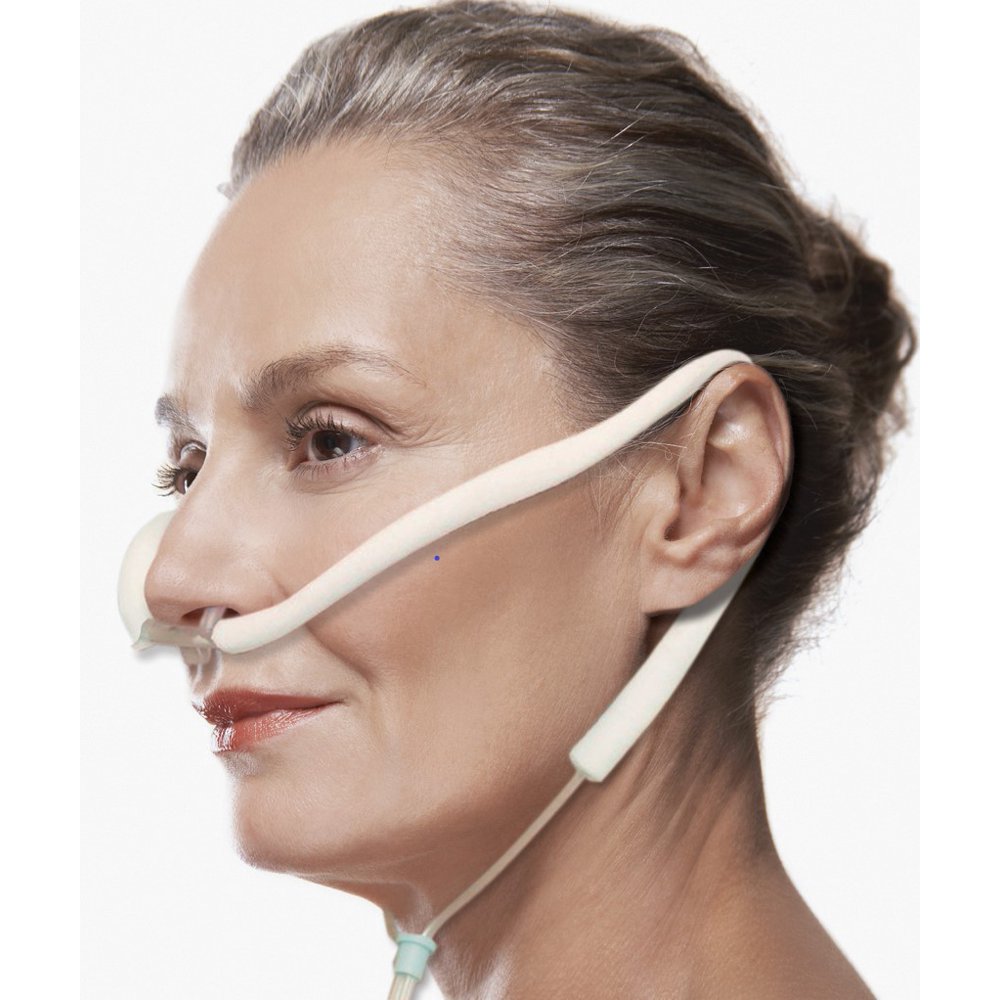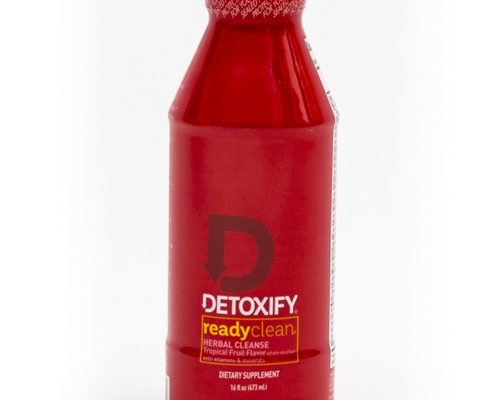When a low pressure, low- oxygen content is necessary and the patients is in a stable state, intranasal cannulas are employed. They administer o in a dynamic mode, meaning that the amount of air inhaled is determined by the person’s oxygen consumption and habit. As a result, they should not be used in the active infection of a disease with patients needing regulated oxygen therapy. Patients with severe comorbid conditions of chronic bronchitis (COPD) required a Venturi mask because they retain carbon dioxide. In other emergency scenarios, patients may require a higher oxygen level, which necessitates the use of a non-rebreather mask or a basic eye mask. Learn more about Types Of Cannulas And Their Uses.
Intubation, exceedingly long intubation, has numerous adverse effects. After that the tube is removed, patients may experience trouble communicating and ingesting. Adults with COVID-19 can be associated with special nasal oxygen therapy before hospitalization, according to reports. Originally in the epidemic, a study conducted in a Washington public hospital found that giving individuals HFNC for 10 days can lessen necessity induction. Another analysis from France found that persons with COVID-19 who’ve been addressed with a Cpap during 2 days of being recruited to the critical care unit have a decreased morbidity rate & admission rate (ICU).
A nasal cannula 1 is a simple, inexpensive, and pleasant gadget for supplying low-flow oxygen. It is made of two prongs that protrude from the middle of a removable tube and are put into nostrils. The nasal compressor allows you to breathe through your mouth or nose, is suitable for people of all ages, and can be used for small or extended periods of time. A frontal cannula reduces discomfort in patients and patients to alternative oxygen delivery methods, though it might not be ideal for ignoramuses. Infusion sets are low-cost, detachable, and widely accepted by patients. The lung membrane may dry out and when infusion sets are being used in greater flow speeds.
A nasal cannula 1 is a simple, inexpensive, and pleasant gadget for supplying low-flow oxygen. It is made of two prongs that protrude from the middle of a removable tube and are put into nostrils. The nasal compressor allows you to breathe through your mouth or nose, is suitable for people of all ages, and can be used for small or extended periods of time. A frontal cannula reduces discomfort in patients and patients to alternative oxygen delivery methods, though it might not be ideal for ignoramuses. Infusion sets are low-cost, detachable, and widely accepted by patients. The lung membrane may dry out and when infusion sets are being used in greater flow speeds.
Cannulas are malleable lines that are connected to a physical brain and can be used to enter or drain various substances. An IV cannula can be used to provide medicines or draw blood, and a nasal cannula can be used to administer oxygen to a patient. IV cannulas eliminate need for needles pricks and allow delivering drugs or beverages to a man’s skin much easier. Nasal tubings can help other people who may have difficulty breathing by supplying oxygen supply.





